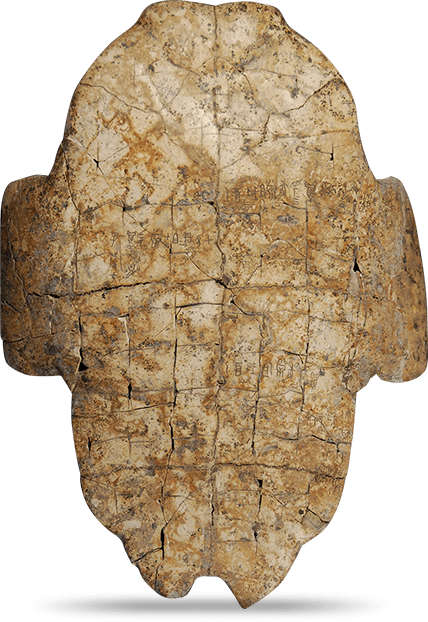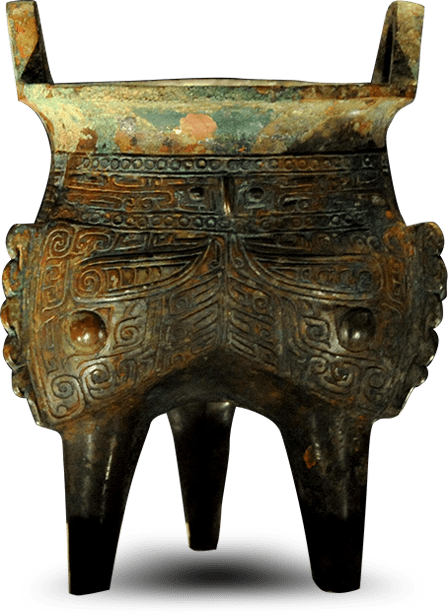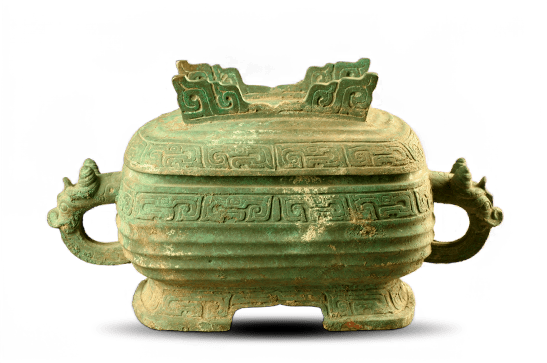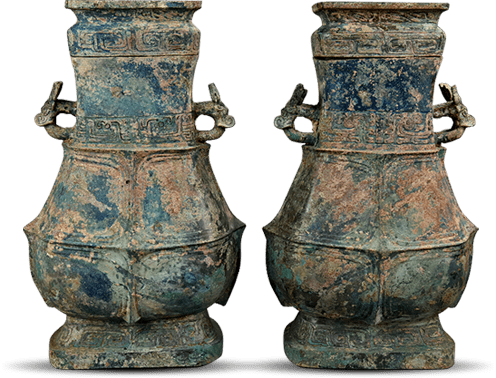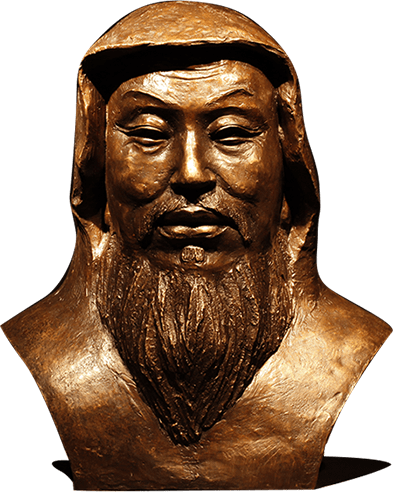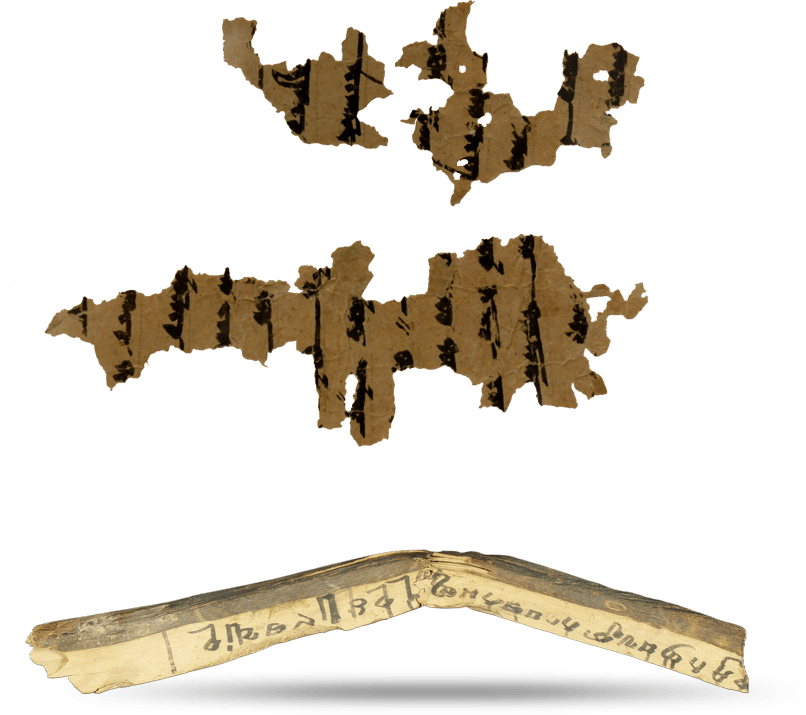Calligraphy Inspired by the Way of the Nature
The origins of Chinese characters in China are subject to two interpretations, one is the ancient mythological legend of Cangjie creating characters, and the other is a scientific description of the origin of writing. Inspired by the footprints of birds and beasts, Cangjie is said to have created numerous pictographic characters that became widely used by people. In fact, the story of Cangjie inventing characters is just a myth, and there is still debate in the academic community about his existence.
Oracle Bone Chronicles
A tortoise plastron unearthed at the Jiahu Site in Wuyang, Henan Province that dates back over 8000 years, featuring a carved symbol resembling the modern numerical symbol "eight” is attributed to the early Peiligang culture. This is one of the earliest depiction symbols discovered in China, and some scholars believe that it has a certain connection to the origin of Chinese characters.


